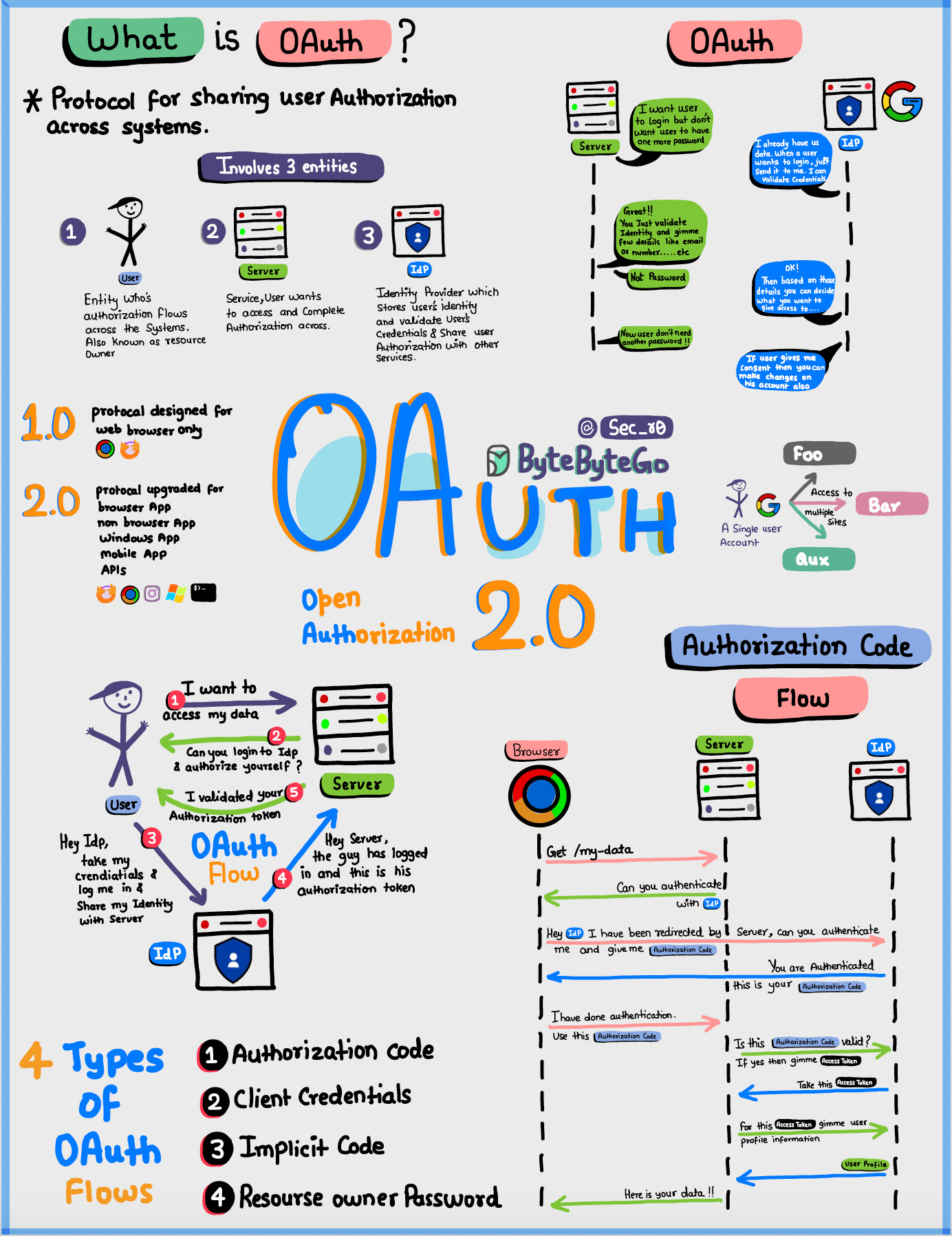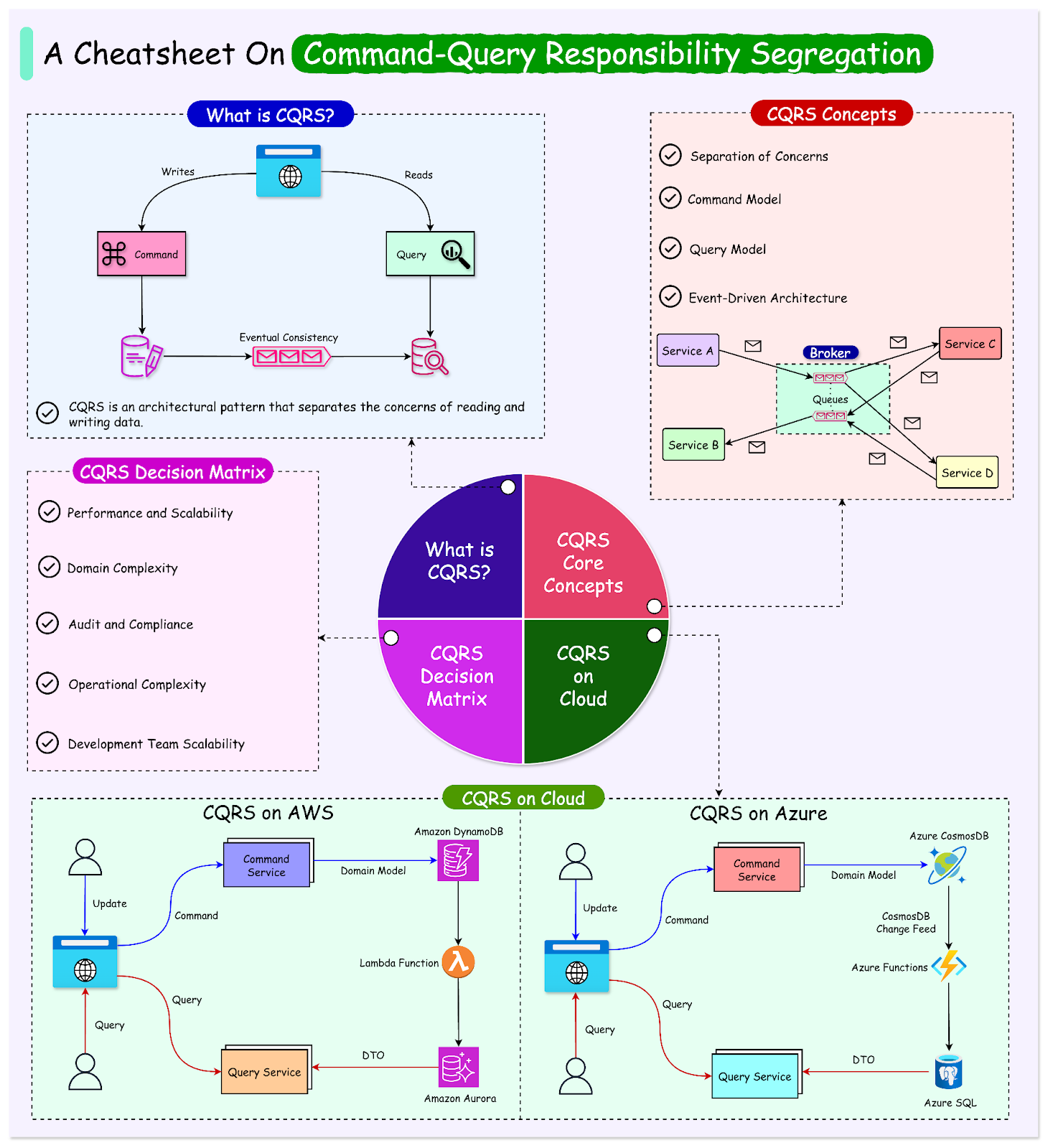- Mailing Lists
- in
- A Pattern Every Modern Developer Should Know: CQRS
Archives
- By thread 5372
-
By date
- June 2021 10
- July 2021 6
- August 2021 20
- September 2021 21
- October 2021 48
- November 2021 40
- December 2021 23
- January 2022 46
- February 2022 80
- March 2022 109
- April 2022 100
- May 2022 97
- June 2022 105
- July 2022 82
- August 2022 95
- September 2022 103
- October 2022 117
- November 2022 115
- December 2022 102
- January 2023 88
- February 2023 90
- March 2023 116
- April 2023 97
- May 2023 159
- June 2023 145
- July 2023 120
- August 2023 90
- September 2023 102
- October 2023 106
- November 2023 100
- December 2023 74
- January 2024 75
- February 2024 75
- March 2024 78
- April 2024 74
- May 2024 108
- June 2024 98
- July 2024 116
- August 2024 134
- September 2024 130
- October 2024 141
- November 2024 171
- December 2024 115
- January 2025 216
- February 2025 140
- March 2025 220
- April 2025 233
- May 2025 239
- June 2025 303
- July 2025 185
A Pattern Every Modern Developer Should Know: CQRS
A Pattern Every Modern Developer Should Know: CQRS
Latest articlesIf you’re not a subscriber, here’s what you missed this month. To receive all the full articles and support ByteByteGo, consider subscribing: CQRS, which stands for Command Query Responsibility Segregation, is an architectural pattern that separates the concerns of reading and writing data. It divides an application into two distinct parts:
The CQRS pattern was first introduced by Greg Young, a software developer and architect, in 2010. He described it as a way to separate the responsibility of handling commands (write operations) from handling queries (read operations) in a system. The origins of CQRS can be traced back to the Command-Query Separation (CQS) principle, introduced by Bertrand Meyer. CQS states that every method should either be a command that performs an action or a query that returns data, but not both. CQRS takes the CQS principle further by applying it at an architectural level, separating the command and query responsibilities into different models, services, or even databases. Since its introduction, CQRS has gained popularity in the software development community, particularly in the context of domain-driven design (DDD) and event-driven architectures. It has been successfully applied in various domains, such as e-commerce, financial systems, and collaborative applications, where performance, scalability, and complexity are critical concerns. In this post, we’ll learn about CQRS in comprehensive detail. We will cover the various aspects of the pattern along with a decision matrix on when to use it. Core Concepts of CQRSThe overall CQRS pattern is made up of a few core concepts:...  Continue reading this post for free in the Substack app© 2024 ByteByteGo |
by "ByteByteGo" <bytebytego@substack.com> - 11:35 - 7 Nov 2024

